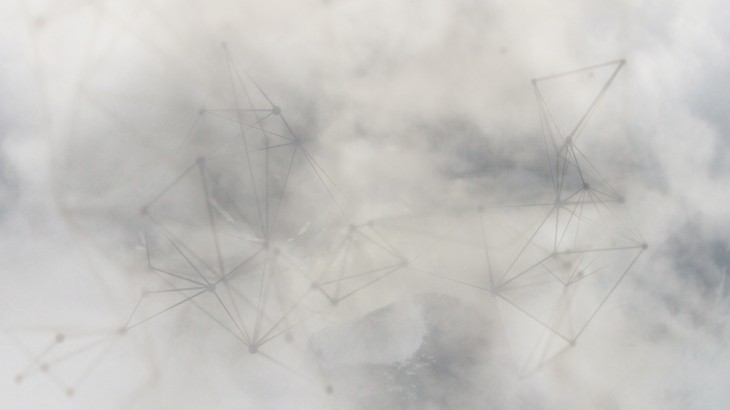In his research paper Toward a Theory of Architecture Machines Nicholas Negroponte discusses the advantages of self-developing machines particularly in the field of architecture, identifying the interaction of humans and technology as evolutionary. Negroponte suggests a hypothesis claiming that the authorship of a design work created by a machine belongs unquestionably to the designer as long as the product is based on precise information added by the designer. Certainly the question of authorship becomes cryptic whether machines are able to act independently from any human input.
Toward a Theory of Architecture Machines – Nicholas Negroponte
Digital Logics- T1

As a member of T1 group, in this session, I studied Water Cube, and one chapter from the book On Growth and Form by D’arcy Thompson. Both of the text and the case are related to find/define form from nature.
T1_WATERCUBE & ON GROWTH AND FORM
Digital Logics- On growth and form
Thompson wrote On Growth and form in the maturity of a career that lay somewhat outside the mainstream of the biological sciences of his day. His writings were a large contribution for the study of morphology. On Growth and Form is essentially an attempt to establish a concept of organic form based upon the physical and mathematical laws governing the development and function of organisms. He demonstrates in this chapter that how organic forms once put in a Cartesian grid can change forms in the same species and how this method could be used to find missing parts in the series of relative species
During the debate in the class we found the book is more of a concept and basically starts with the theory of transformation and is solidly based upon the laws of Newtonian Physics. All the experiments D’Arcy conducted were in 2D and not in 3D and gives a mathematical approach to the biological forms. He tries to show how the relationship between similar species is still there but changing their coordinates and the position of the parts changes. It’s a form finding method found over 100 years ago and gives us an idea of multiplicity during that era. Topology has been explained as a concept here with no real results. It’s a relation of a part to a whole. Read More
THE CLOUD AND THE NET
“Upon entering the fog mass, visual and acoustic references is erased, leaving only an optical white-out and the white-noise of pulsing nozzles. Blur is an anti-spectacle. Contrary to immersive environments that strive for high-definition visual fidelity with ever-greater technical virtuosity, Blur is decidedly low-definition: there is nothing to see but our dependence on vision itself.”
Diller Scofidio




